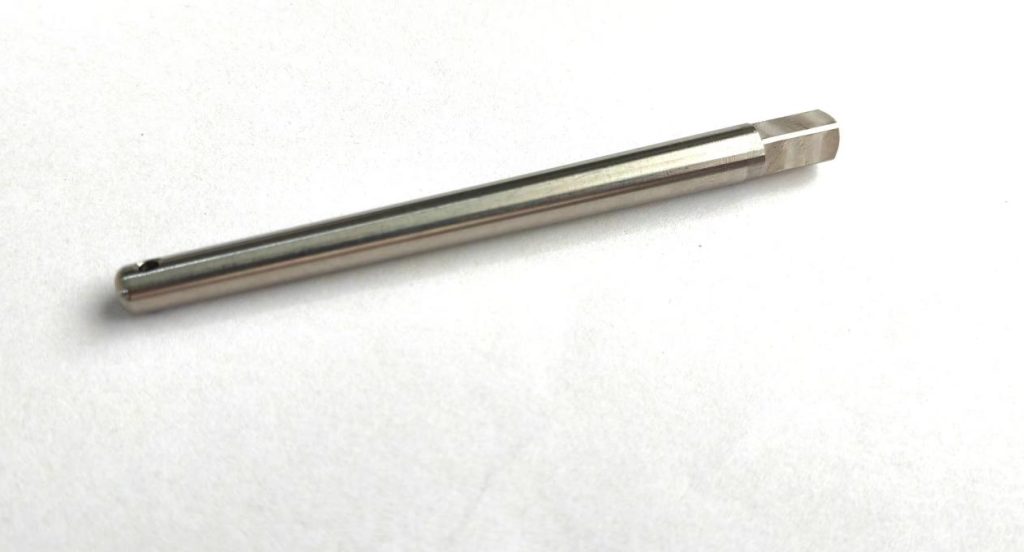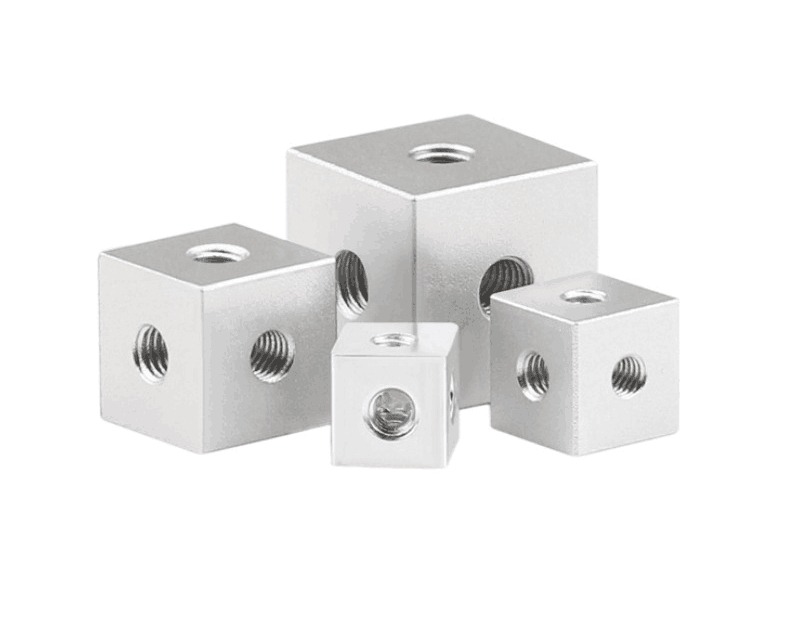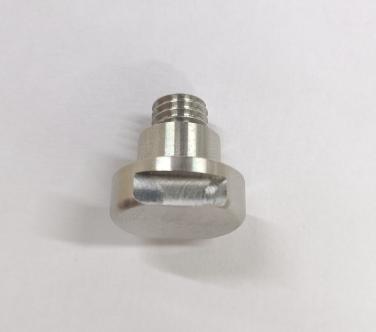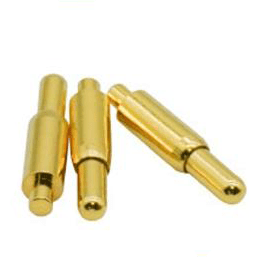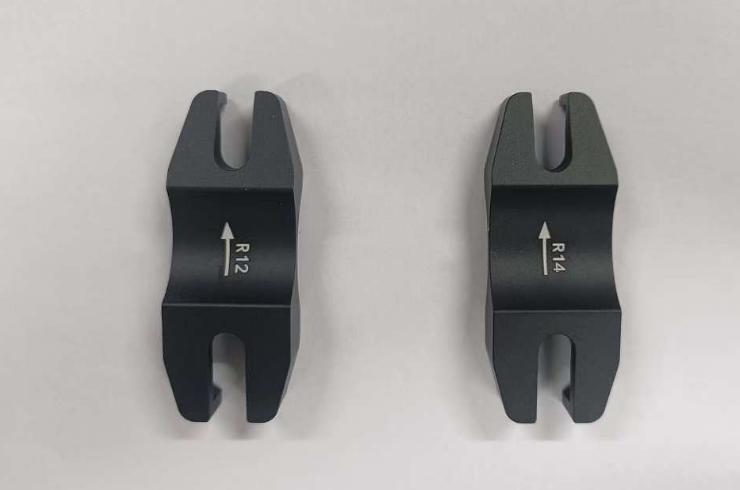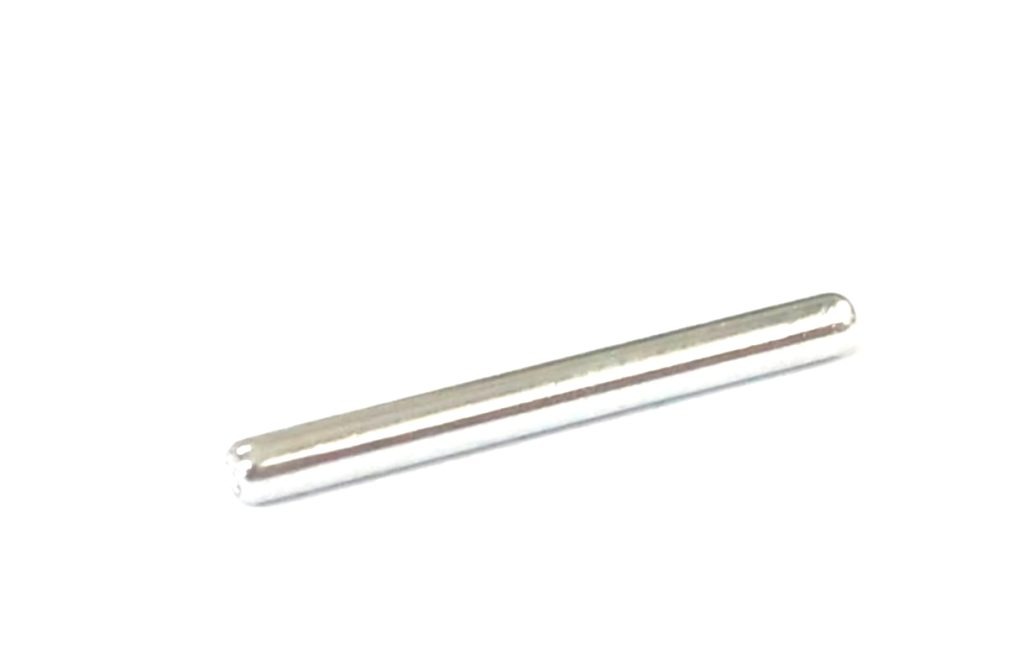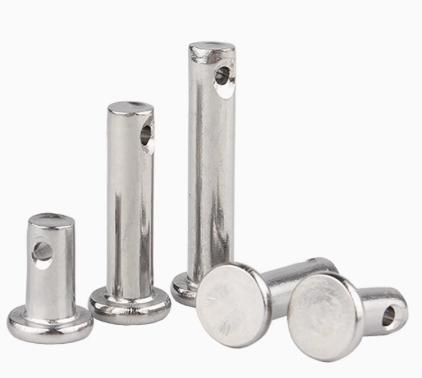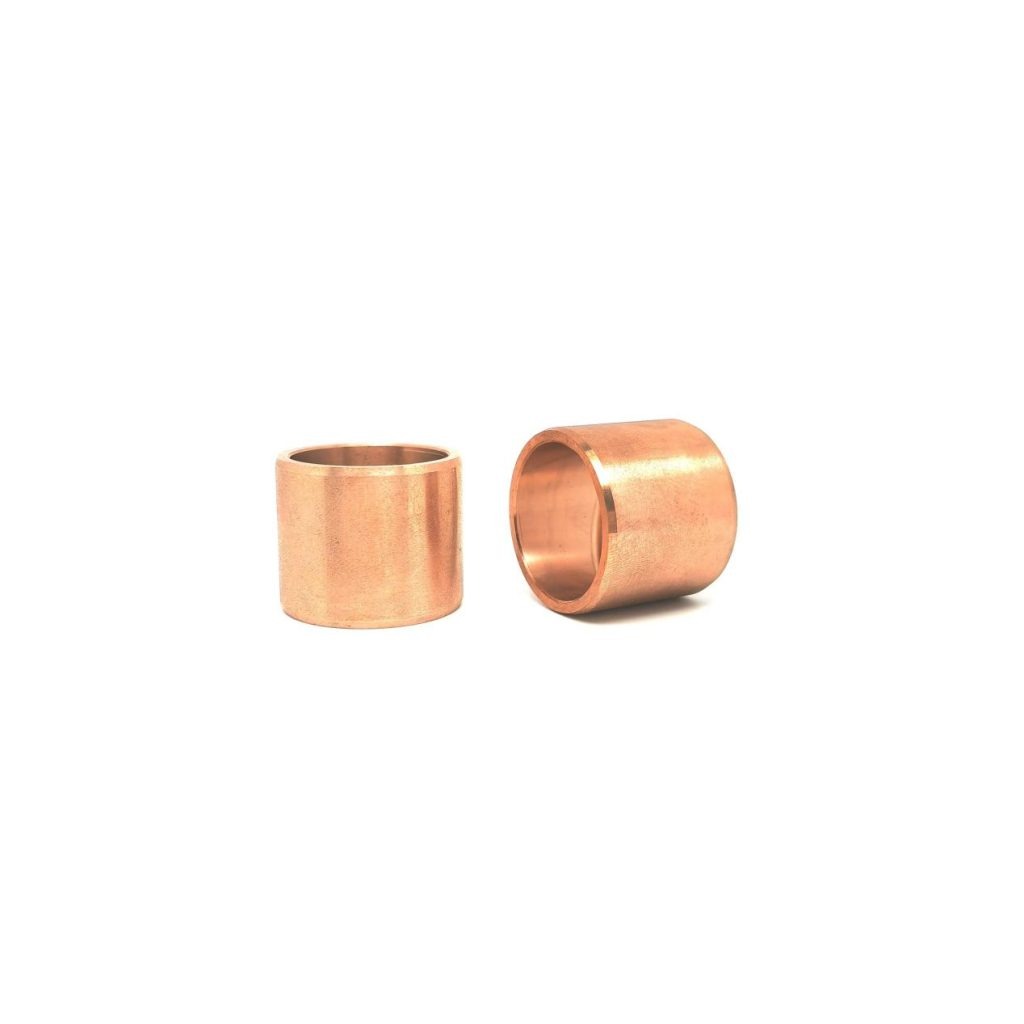How CNC Machining Contributes to Sustainable Practices?
In the pursuit of sustainable production, enterprises are turning to advanced technologies that not only provide precision and efficiency, but also adhere to ecologically responsible practices. CNC machining is at the vanguard of this movement, providing a path to sustainable production. This article explores how CNC machining contributes to environmental stewardship and fosters sustainable practices in the manufacturing landscape.
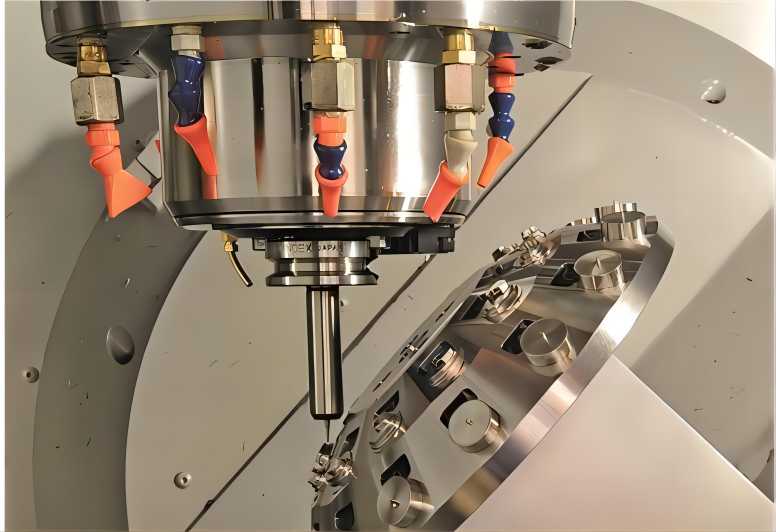
1. Material Efficiency and Waste Reduction With CNC Machining
a. Optimized Material Usage
CNC machining provides precise control over material removal, reducing waste. Advanced CAM (Computer-Aided Manufacturing) software facilitates the efficient nesting of parts on raw materials, hence reducing scrap.
b. Recycling and Circular Economy
The emphasis on recycling materials is consistent with CNC machining’s capability to work with recycled metals and plastics. The concept of a circular economy is being adopted, in which materials are reused and repurposed to reduce environmental effects.
2. Energy Efficiency in CNC Machining
a. Toolpath Optimization
| Aspects | Toolpath Optimization in CNC Machining |
| Reduced Machining Time | Optimizing CNC toolpaths for efficiency, reducing overall machining time. |
| Minimized Tool Wear | Strategically planning toolpaths to minimize tool wear and extend tool life. |
| Enhanced Surface Finish | Optimization for smoother toolpaths, improving the overall surface finish of machined parts. |
| Improved Material Removal | Ensuring efficient material removal while avoiding excessive cutting forces. |
| Minimized Non-Productive Movements | Reducing unnecessary tool movements, minimizing air cuts, and improving efficiency. |
| Adaptive Machining | Implementing adaptive toolpaths to adjust cutting parameters based on varying conditions. |
| Collision Avoidance | Incorporating algorithms to detect and avoid potential tool and machine collisions. |
| Optimal Chip Evacuation | Planning toolpaths to facilitate effective chip evacuation, preventing chip buildup and improving cutting performance. |
| Customizable Strategies | Offering flexibility for machinists to customize toolpath strategies based on specific machining requirements. |
| Integration with CAM Software | Seamless integration with Computer-Aided Manufacturing (CAM) software for streamlined programming. |
| Enhanced Precision | Optimizing toolpaths to ensure high precision and accuracy in the machined part. |
| Energy Efficiency | Planning toolpaths with energy efficiency in mind, reducing overall power consumption. |
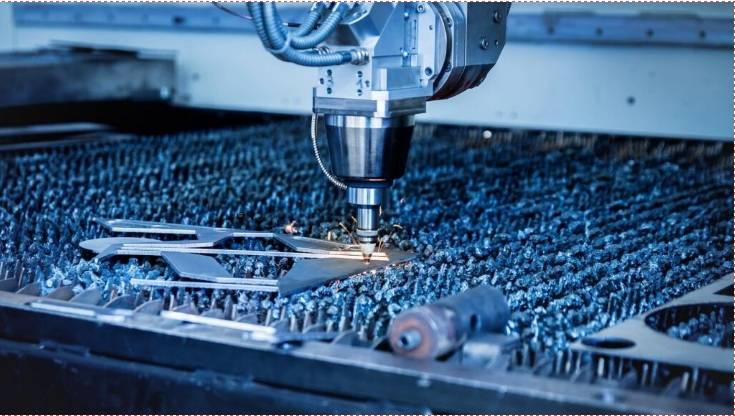
b. High-Speed Machining
High-speed CNC machining techniques, facilitated by CNC technology, can contribute to energy savings. Rapid and precise cutting reduces machining time, resulting in lower energy consumption per part.
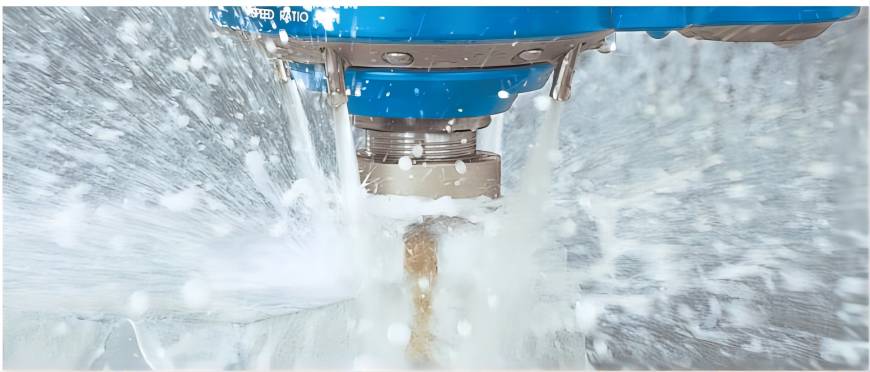
3. Lean Manufacturing Provided by CNC Machining
a. Reduced Inventory and Overproduction
CNC machining supports lean manufacturing principles by allowing for on-demand output. Parts can be made on demand, decreasing excess inventory and mitigating the environmental impact of overproduction.
b. Customization and Prototyping in CNC machining
| Aspects | Customization in CNC Machining | Prototyping in CNC Machining |
| Design Flexibility | Accommodates intricate and complex designs with high precision. | Quick iteration of designs to refine and improve product features. |
| Low Volume Production | Efficient for small production runs with customized specifications. | Ideal for producing small batches for testing, validation, and market assessment. |
| Fast Turnaround Time | Rapid production turnaround, especially for customized components. | Quick iteration and refinement cycles for prototypes, reducing development time. |
| Cost-Effective Customization | Cost-effective for producing unique or low-volume parts without the need for expensive molds. | Allows for cost-effective testing and refinement before investing in mass production tooling. |
4. Water Conservation Using CNC Machining Techniques
a. Dry Machining Techniques
CNC machining techniques, such as dry machining, reduce the need for coolant in some applications. This not only saves water but also lessens the environmental impact of coolant disposal.
b. Closed-Loop Coolant Systems
In cases where coolant is essential, closed-loop coolant systems help in recycling and reusing coolant, reducing the overall demand for water.
5. Green Materials and Biodegradability Used in CNC Machining
a. Material Selection for Sustainability
CNC machining allows for the use of environmentally friendly materials, such as biodegradable plastics and sustainable metals. The choice of materials contributes to the overall sustainability of the manufacturing process.
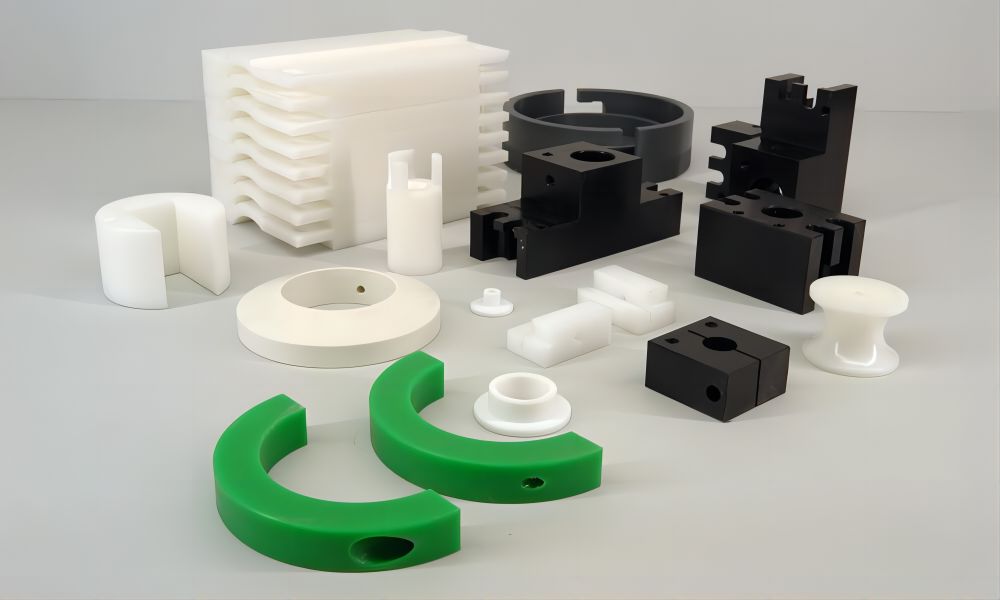
b. Eco-Friendly Coatings and Finishes
CNC machined parts can be finished with eco-friendly coatings that minimize the use of harmful chemicals. This aligns with sustainable practices and reduces the environmental impact of finishing processes.
6. Renewable Energy Integration Supplied by CNC Machining
Shop Floor Sustainability
CNC machining facilities can integrate renewable energy sources, such as solar panels and wind turbines, to power their operations. This reduces reliance on non-renewable energy and lowers the carbon footprint of machining processes.
7. Continuous Sustainable Improvement and Innovation in CNC Machining Companies
a. Research and Development for Sustainability
CNC machining companies are investing in research and development to enhance sustainability. This includes innovations in tooling, machining techniques, and materials to continually improve environmental performance.
b. Collaboration for Sustainable Solutions
Collaborative efforts within the CNC machining industry foster the exchange of sustainable solutions. Manufacturers, technology providers, and industry experts work together to identify and implement environmentally friendly practices.
8. Eco-Friendly Facility Design Adopted by CNC Machining
Green Building Practices
CNC machining facilities can adopt green building practices, incorporating energy-efficient lighting, insulation, and ventilation systems. Sustainable facility design contributes to overall environmental responsibility.
9. End-of-Life Considerations With CNC Machined Parts
CNC machined parts are designed with recycling in mind. End-of-life scenarios are considered throughout the design phase to guarantee that materials may be recycled or utilized economically.
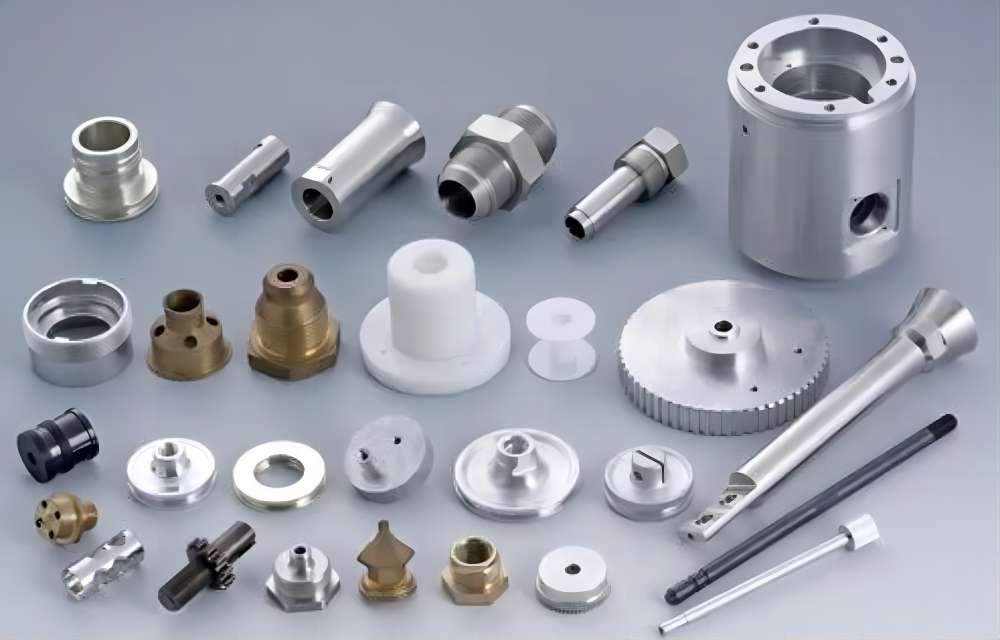
Conclusion
CNC machining, with its precision and versatility, has the potential to drive the adoption of sustainable manufacturing techniques. CNC machining facilities can reduce their environmental impact by implementing material efficiency, energy conservation, lean manufacturing concepts, and continual innovation. The integration of eco-friendly materials, renewable energy sources, and collaborative efforts within the industry contribute to a more sustainable future. As CNC machining continues to evolve, the pursuit of precision aligns seamlessly with a commitment to environmental responsibility, making CNC machining a key player in the transition toward greener manufacturing practices.

